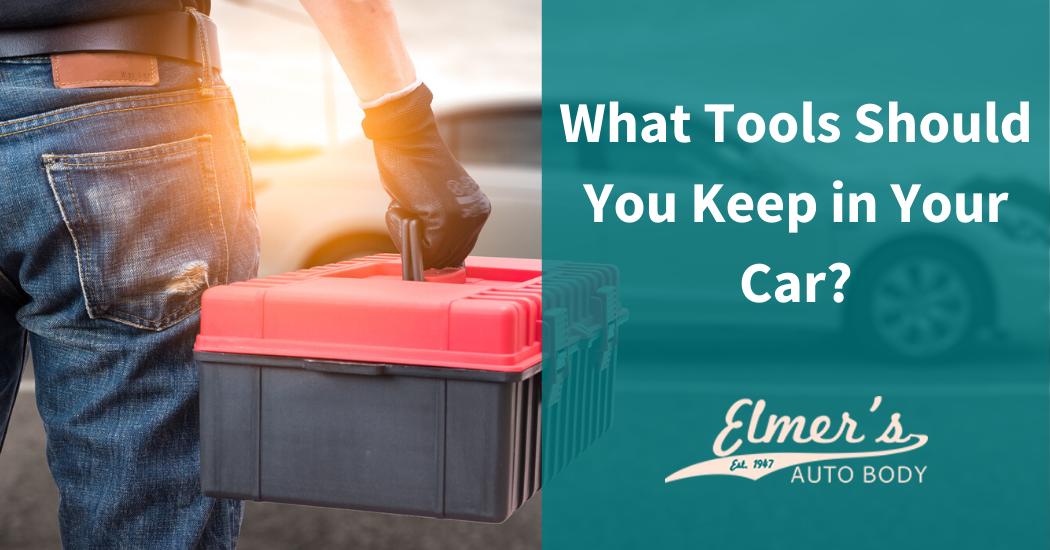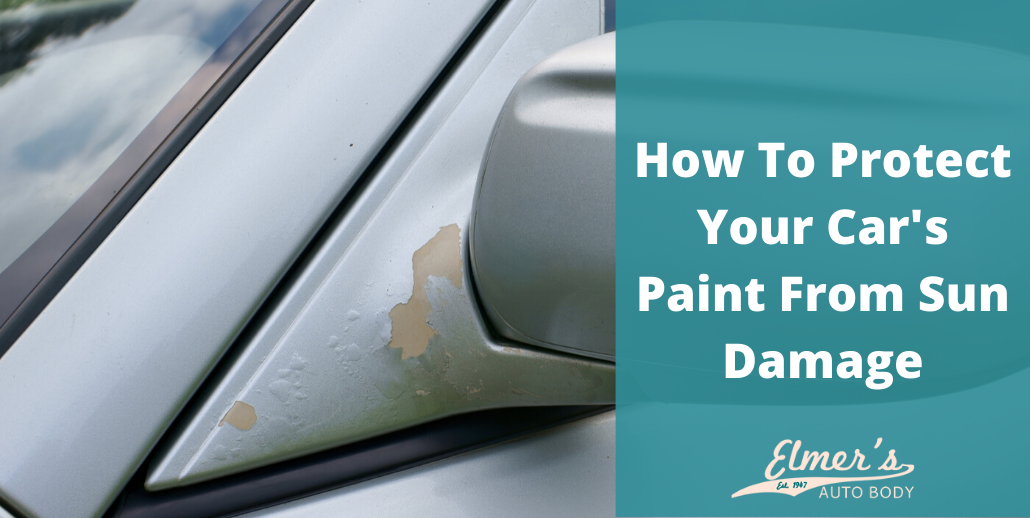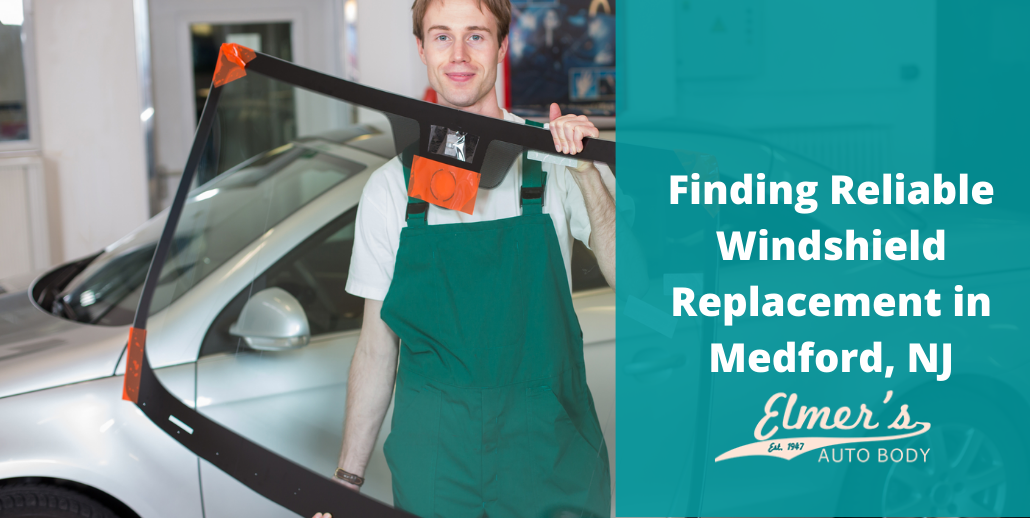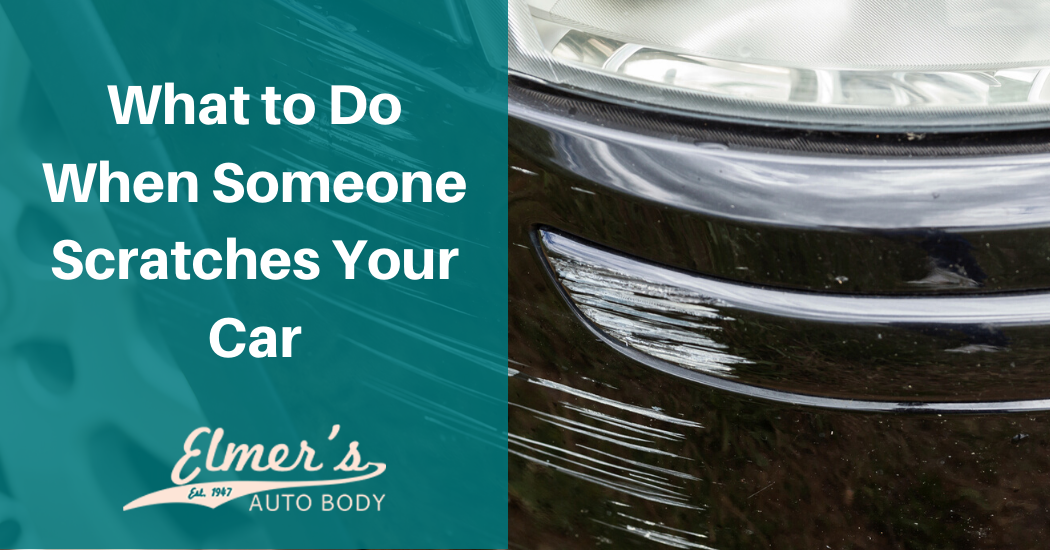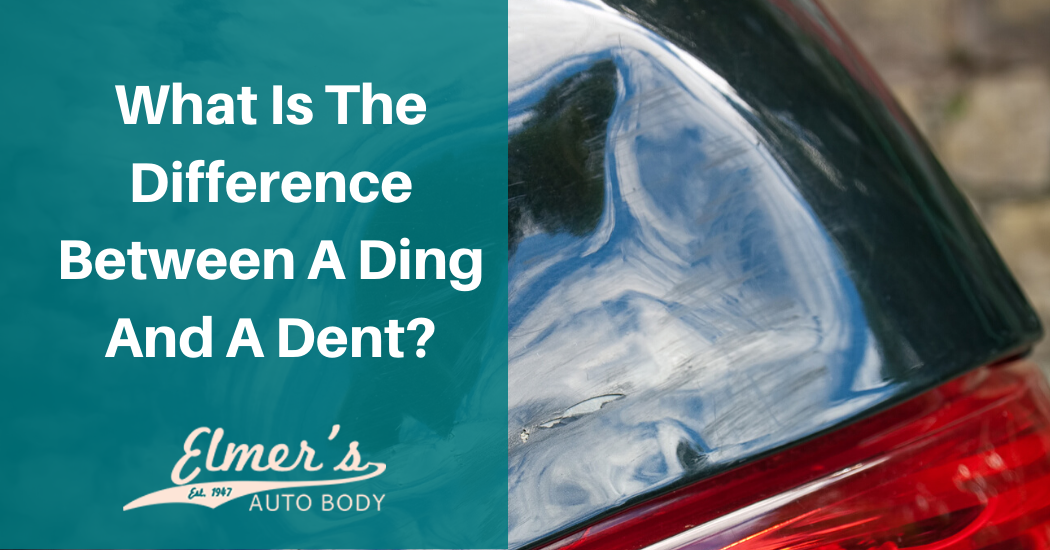When you are on a tight budget, hearing the words “you need new tires” can be stressful. According to CostHelper, the average price of a new, all-season tire can be as high as $250 each. Pickup and SUV tires may cost as much as $350 each. In order to save money, you may be tempted to purchase a set of used tires. Although used tires are cheaper than new, are they really safe to put on your car?
Unregulated Industry
Before you decide to purchase a set of used tires, it is important to understand that the used tire industry in the United States is completely unregulated. This means there is no standard for a used to tire to actually be safe enough to place on your car.
Internal Damage
The tread on the outside of the used tires may look good and, if the tires on your car are really bad, the used ones may seem to have more tread than yours. However, used tires may have internal damage that is almost impossible to see. For example, it is possible to plug a damaged portion of a tire if a sharp object penetrates it. That type of repair may not be visible without close inspection. In addition, if the repair is not done properly, the tire may be more likely to fail in the future.
Age of the Tire
There have been cases where a dealer painted used tires black to make them appear newer than they actually are. Manufacturers worn against purchasing tires that are more than six years old because the materials used to create the tire can begin to break down. You can find the age of a tire by searching for the stamped birthdate of the tire. It should be located on the sidewall following the letters DOT. Reading left to right, you will find a series of letters and numbers followed by an encircled set of four numbers that appear tightly spaced. Those four numbers are the date the tire was manufactured. The first two numbers are the week of the year and the last two are the year. For example, a tire with the code “3219” was manufactured in the 32nd week of 2019.
Lack of History
There is no way for you to know the history of a used tire. It could have been underinflated, overinflated or placed on a vehicle that carried heavier loads than the tire is rated for. You will not know what type of roads the tire traveled, whether the terrain was rough or if there were many potholes. Did the vehicle the tires were removed from have suspension issues? These conditions could damage a tire in ways that are not noticeable from the outside.
Weather Conditions
In addition to not know if the tires were taken care of properly, you may not know the type of weather the previous owner drove in regularly. High heat, sunlight and humidity can break down the materials of a tire quickly. Even if the tires have low mileage because they were on a vehicle that was not driven often, weather can cause the tire to degrade which makes them less safe.
Product Recall
When someone buys a set of tires, the manufacturer receives information about that owner, including an address that they will use to send recall notices. If you purchase the tires used, the manufacturer has no way of knowing the tires were sold and cannot notify you if there is a defect that could be dangerous.
What About Tires on Used Cars?
Many people purchase used tires using the argument that used cars have tires on them, believing the concept is the same. When you buy a used car, you can get an idea what condition the entire car is in and that includes the tires. You can even use the vehicle identification number to look up information on the car and get an idea how it was cared for before you buy. You don’t have that option when you purchase used tires.
Alternatives to Used Tires
If you are on a tight budget, there are alternatives to purchasing used tires. Watch for sales at your local tire shop. In some cases, you may be able to sign up for email notifications in order to receive coupons that can save you money on tires. Often, tire shops offer discounts if you purchase all four tires at one time as well.
If you are in the market for tires for your vehicle, contact Elmer’s Auto Body today. We offer a wide range of tire options and can find you the tires you need for your car at a price you can afford. When you drive your car out of Elmer’s Auto Body, you know that it is safe for you and your family. We don’t sell used tires as we know they are not safe and would rather help you find a new tire in your price range. Schedule an appointment today by calling or filling out the easy online form.


